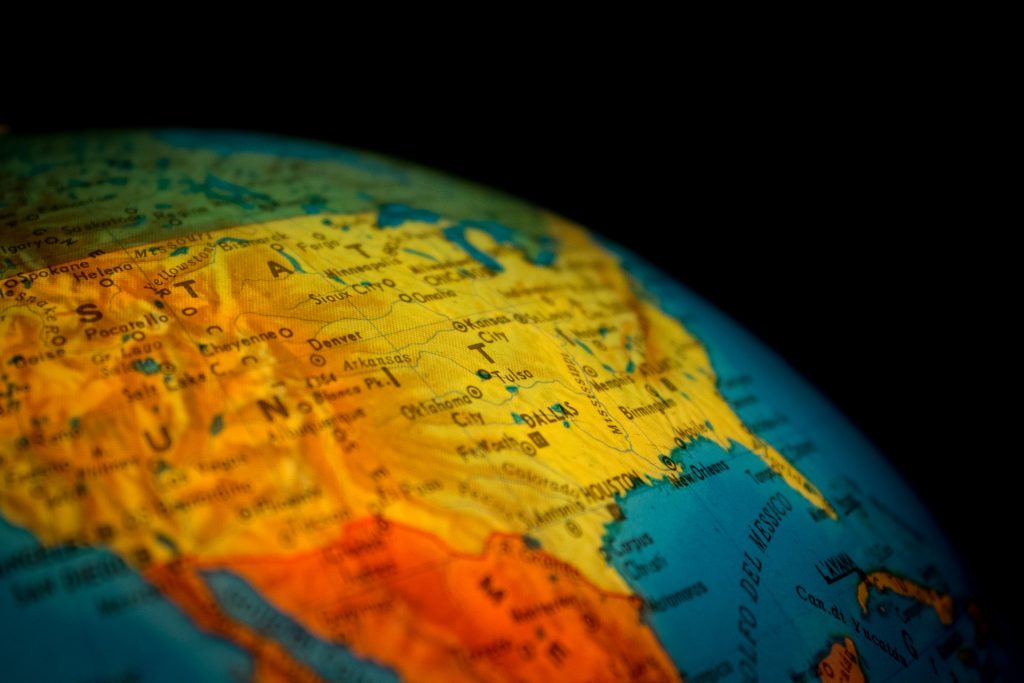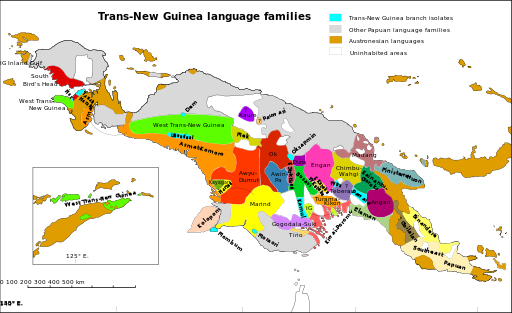You probably already know by now that there are a lot of languages in the world. Each time you travel to a foreign country, walk into a busy supermarket at home, or turn on the TV, you hear people speaking in a foreign tongue.
Depending on where you live, there may be a large Hispanic population. If you dwell near China town, you may have heard Cantonese or Mandarin on the streets. It’s safe to say that within any country there are a lot of languages spoken. In the U.S. alone, we have at least 350 spoken languages!
Related Post: How Many Languages Are There In The World?
But Which Country Has The Most Languages in The World?
In Switzerland, there are four official languages. In India, there are 22. We’re getting somewhere close. But that’s still not where the most languages in the world are spoken!
Guess where? Can you guess? You’ll never guess…
The country that has the most languages in the world is…
Papua New Guinea
That’s right, Papua New Guinea! Now there’s a place you don’t hear much about, yet its home to a whopping 820 languages! That makes up for almost 12 percent of all the spoken languages in the world! But what do we know about this vastly multilingual pocket of civilization?
820 Languages in The World
Of Papua New Guinea’s 820 languages in the world, there are actually only three official ones, Hiri Motu, Tok Pisin and English. Situated to the North-East of Australia, just because you haven’t heard much about this country doesn’t mean it’s a small one.
In fact, it’s the world’s 54th largest country! It’s also one of the largest islands in the world.
So, what makes it home to the most languages in the world? Well, its geography has a lot to do with it. Papua New Guinea is split over 600 different islands. The lack of ability to travel from land mass to land mass explains the development of so many languages. And with them, different communities.
Related Post: A Closer Look At India’s Languages
What You Didn’t Know About Papua New Guinea
You may have suspected based on its equatorial location that this country has a tropical climate. While parts of Australia display four marked seasons a year, Papua New Guinea’s seasons are classified into wet and dry.
What you may not have known is that, despite its balmy climes, Papua New Guinea is one of the very few equatorial regions that gets snowfall. Pretty cool, huh?
Its population of over 6.2 million people speak no less than 820 languages among them, by far the most languages in the world by population condensation.
There are very few roads in Papua New Guinea, so air transport is extensive. As more and more of its citizens travel and populations of certain languages begin to die out, the number of living languages will also decline.
Oh, and its indigenous people used to practice cannibalism, hanging the heads of their victims in their houses as decoration!
For more interesting facts on the country with the most languages in the word, check out Facts King here.
What About the Rest of The World?
Indonesia comes hot on its heels with an astounding 742 spoken languages recorded at last count, yet only one official (the Indonesian language). Nigeria, India and the USA follow next on the leader board. Which is quite surprising, considering most people think of Europe as the most diverse languages region.
While that may be true, when you break the European block down by country, there are relatively few spoken inside each one. In fact, not even one single European country makes the top 20 list of countries with the most languages in the world.
There are more languages spoken in Australia, Canada, Brazil and the Philippines than any European country. So, there you have it. You learn something new every day, right? Want to know what some of these languages are called? Let’s find out.
Related Post: 8 Surprising Facts About The Arabic Language
What Languages Do They Speak in Papua New Guinea?
So you know by now that there are three official languages, Tok Pisin, English and Hiri Motu. Tok Pisin actually strangely enough sounds a lot like English, although it is spoken with a creole-lilt and not always easy to understand. Tok Pisin is the language of parliament and commerce and mainly used in the Central, Western, Milne Bay and Oro Province.
English is only spoken by around 1-2 percent of the population. It is used for business, and is actually the teaching language in many schools after elementary level, but not much of the population completes a formal education. Hence the low level of English speakers.
Hiri Motu is a different ball game entirely and is made up of the Creole and Pidgin languages. Yet, despite these three languages achieving official status, the oldest languages in this part of the world are the Papuan languages. These are neither Austronesian nor Australian in nature, but more similar to those languages spoken in Indonesia, Solomon Islands and East Timor.
The Suki language is spoken by around 3,500 people, particularly in the country’s southwestern corner, and the villages of Guwaku, Ewe, Iwewi, and Duru.
So, next time the question comes up at a dinner party or social event, impress your friends not only by knowing which country speaks the most languages in the world. But also by knowing how many, what they are, and where!





View Comments (1)
Good